Excursion around Lypky
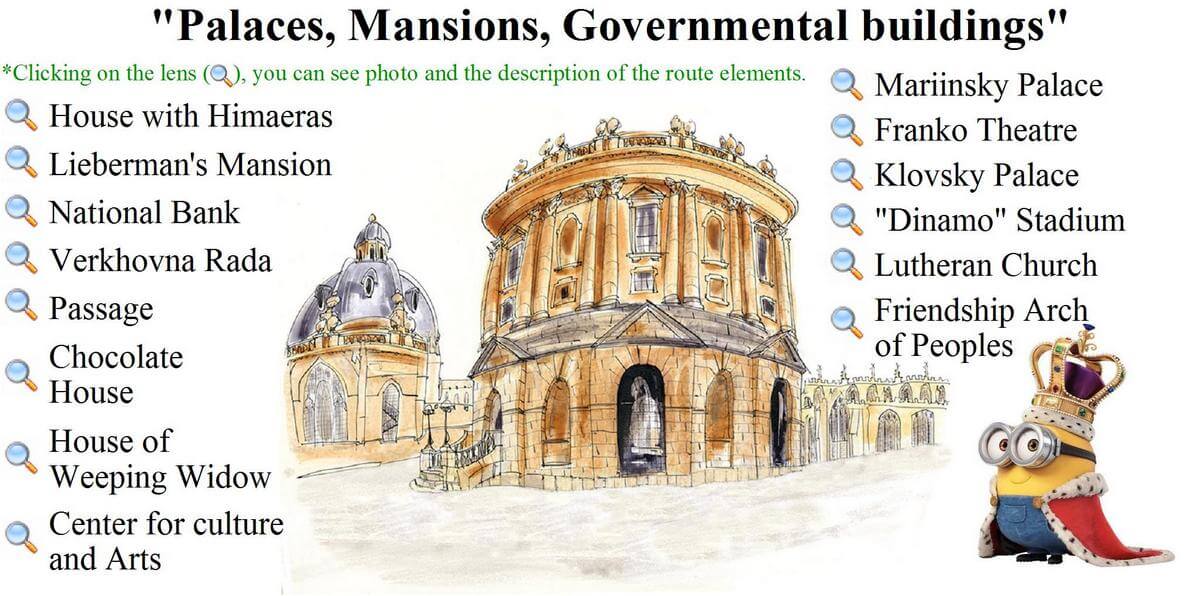
We conduct tours around Lypky – the government center and the most elite district of the capital. Instytutska, Shovkovychna, Bankova, Lutheranska and other streets will be included in our route. You will see the National Bank, the Presidential Administration, the Chocolate House, the House with chimeras, the kirche and the former institute of noble maidens. The main highlight of our excursion will be the most beautiful quarter, which is called little Paris in the center of Kyiv. In addition to a sightseeing tour of Lypky, we also offer thematic tours “Palaces and Mansions” or “Mystical Kyiv”. Duration – 2-3 hours.
Map of Lypky

OTHER INTERESTING PLACES ON LYPKY
On this excursion Lypky will appear for you in its aristocratic form. Lypky always attracted wealthy people due to its location and initially originated here the suburban Klovsky Palace for the Empress Elizaveta Petrovna. Having equipped this area with lime groves, silk garden and vineyards, the Russian emperors created all favorable conditions for comfortable living of the Kyiv nobility.
Later, administrative buildings, financial institutions, educational and cultural centres appear on the streets of Lypky. The most famous of them are the National Bank of Ukraine, the House with Chimaeras, Franko Theatre. One of the main attractions of the area can be called the Mariinsky Palace with the adjacent park of the same name. And of course it is worth noting the Arch of Friendship of Peoples.
On excursion of Lypky you will see amazing buildings, walk through the park areas, plunge into the history of the origin and development of this part of Kyiv and admire the expanses of the city from viewing platforms.
Football fans will be interested to see the “Dynamo” stadium, which originated in the place of greenhouses of the royal nobility. You will find out who Lobanovsky was and in what way this stadium became famous during the World War II.
The excursion around Lypky will be interesting for the children’s audience. It will be possible to see the Puppet Theatre, located in Khreshchaty Park. The theatre is decorated with sculptures of fairy-tale characters, and inside the theatre there is a museum of dolls, an aquarium with sea fish. In summer, the light-musical fountain works at the theatre. If you wish, our guide can make you a company for any performance.





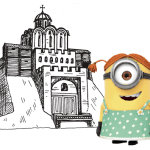
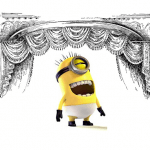



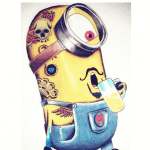

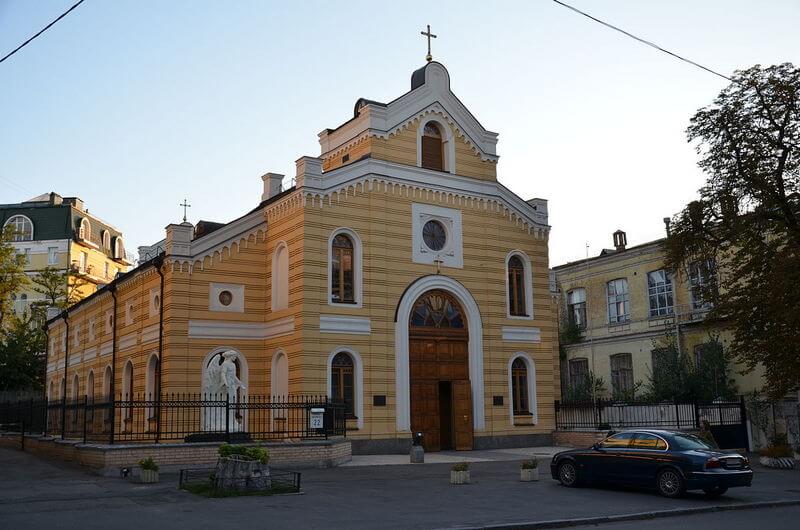
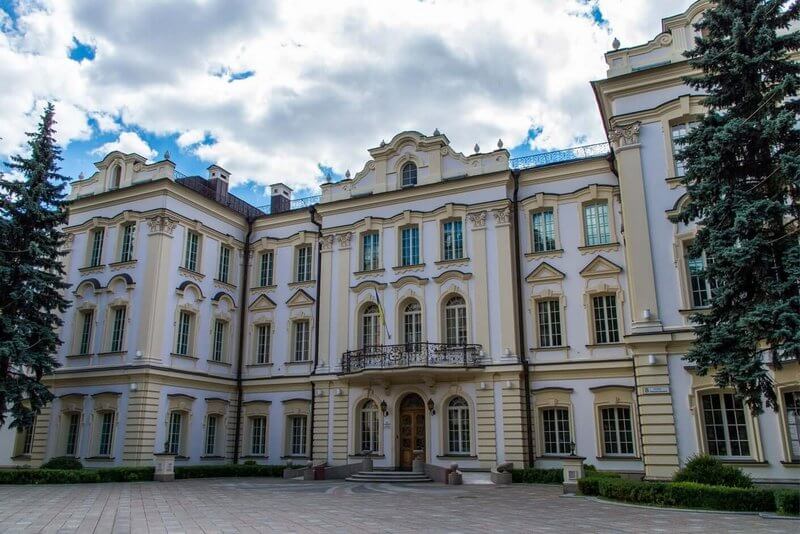

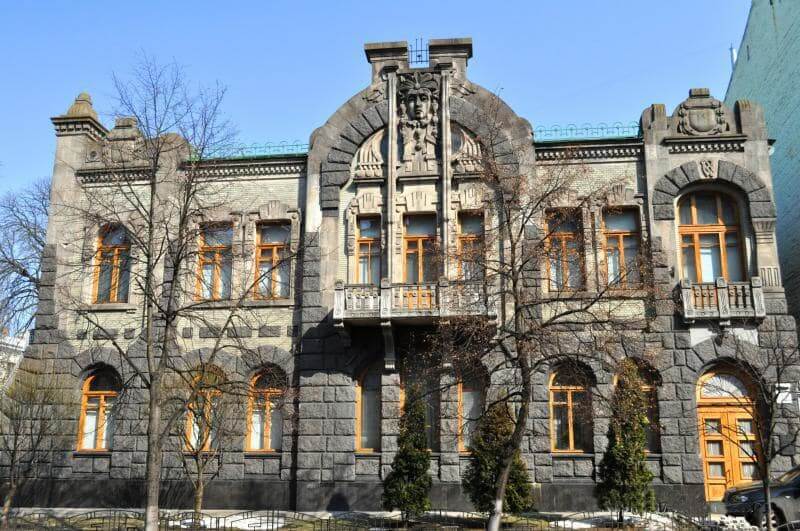
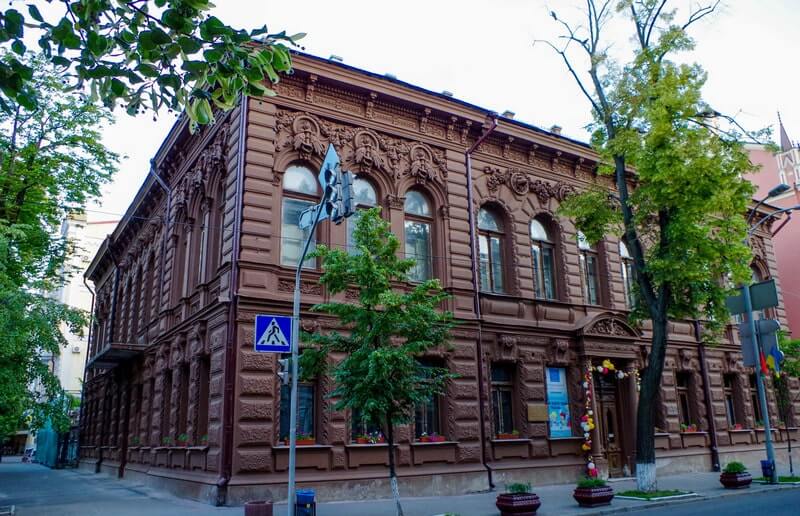
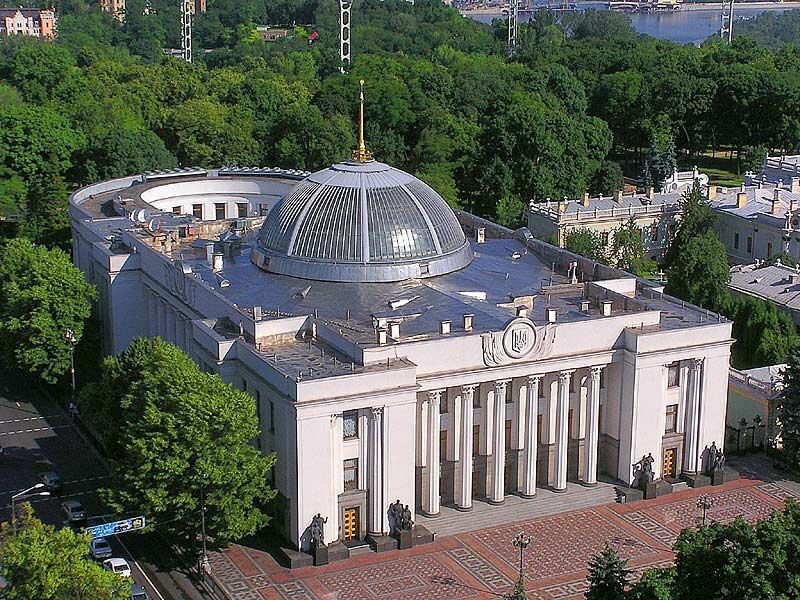
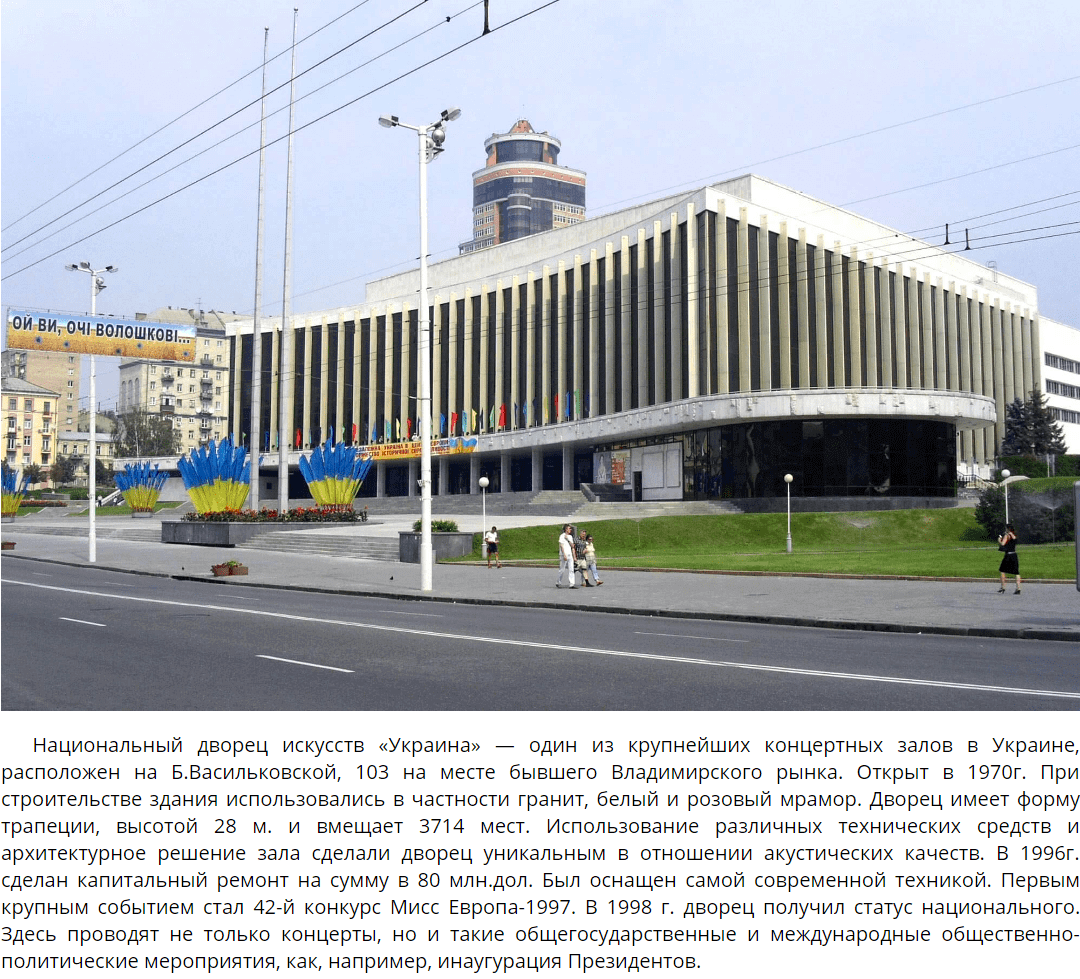
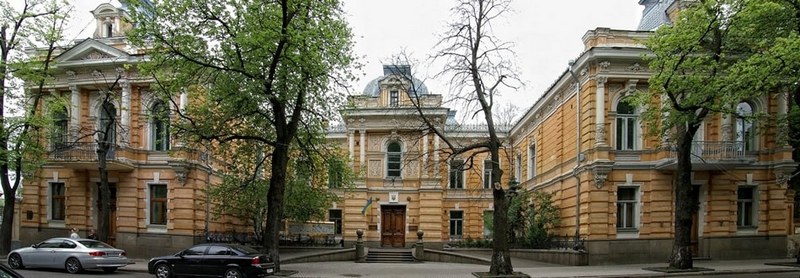
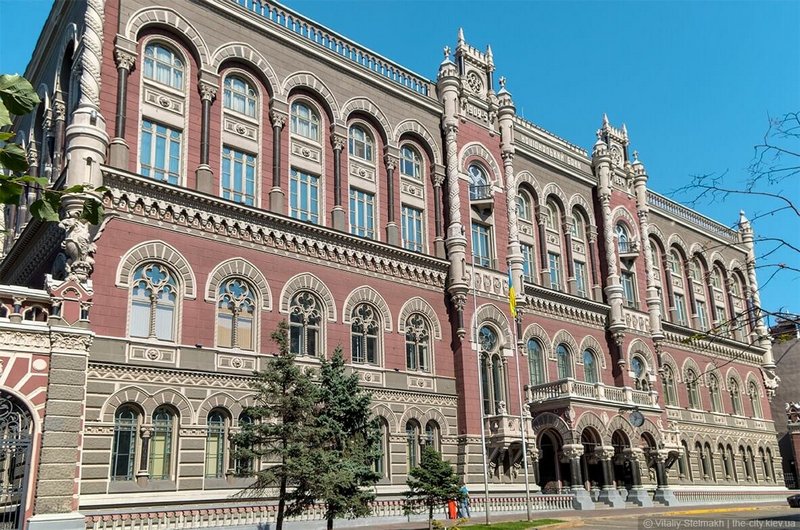 The National Bank of Ukraine is a building at the Instytutska, 9, which was made in the Venetian style, one of the most beautiful buildings of the city and preserved to this day. At the place of the National Bank was previously the Office of the State Commercial Bank, built in 1839.
The National Bank of Ukraine is a building at the Instytutska, 9, which was made in the Venetian style, one of the most beautiful buildings of the city and preserved to this day. At the place of the National Bank was previously the Office of the State Commercial Bank, built in 1839. The House with Chimaeras – shrouded in legends and myths, was built in the period of 1902-1903 by the famous architect Gorodetsky and it is his best creation. This was the first house in Kyiv, which was built from expensive cement at that time.
The House with Chimaeras – shrouded in legends and myths, was built in the period of 1902-1903 by the famous architect Gorodetsky and it is his best creation. This was the first house in Kyiv, which was built from expensive cement at that time. Dinamo Stadium – in the 1920s, at the place of the stadium were located greenhouses for tsarist nobles. At first, there were sports grounds near by, and in 1934 from the stands of the stadium you could watch the first football matches. It is worth noting the event in 1942 – this year’s match between the “Dinamo Kyiv” and a team of German invaders, went down in history as a “Death Match”.
Dinamo Stadium – in the 1920s, at the place of the stadium were located greenhouses for tsarist nobles. At first, there were sports grounds near by, and in 1934 from the stands of the stadium you could watch the first football matches. It is worth noting the event in 1942 – this year’s match between the “Dinamo Kyiv” and a team of German invaders, went down in history as a “Death Match”. The Mariinsky Palace is one of the most famous palaces of the capital, which was built in the Baroque style. The construction of the palace falls on 1744-1752. The palace project was designed by the famous architect Bartolomeo Rastrelli, and the architect Ivan Michurin. Earlier it was called as Tsar’s Palace. Empress Elizabeth Petrivna, on whose order the palace was erected, never had time to visit it.
The Mariinsky Palace is one of the most famous palaces of the capital, which was built in the Baroque style. The construction of the palace falls on 1744-1752. The palace project was designed by the famous architect Bartolomeo Rastrelli, and the architect Ivan Michurin. Earlier it was called as Tsar’s Palace. Empress Elizabeth Petrivna, on whose order the palace was erected, never had time to visit it. Mariinsky Park was earlier called “Tsarsky”, where parades were held. The founder of the park is considered to be the Empress Maria Alexandrivna, wife of Alexander II. Arriving after the coronation to Kyiv and following the European and Petersburg’s fashion of laying out parks. Empress Maria ordered at the place of the palace square and the military parade-ground to lay out the park in English style.
Mariinsky Park was earlier called “Tsarsky”, where parades were held. The founder of the park is considered to be the Empress Maria Alexandrivna, wife of Alexander II. Arriving after the coronation to Kyiv and following the European and Petersburg’s fashion of laying out parks. Empress Maria ordered at the place of the palace square and the military parade-ground to lay out the park in English style. Puppet theatre is a fairy-tale castle in Khreshchaty Park. The building of the theatre was built in 2005 on the site of a children’s stereo cinema “Dnipro”. In addition to the beautiful appearance, the theatre has a “Throne Room”, an aquarium with sea fish and an museum exhibition of puppets. Near the entrance to the theatre there is a light and musical fountain with a fairy-tale character Thumbelina.
Puppet theatre is a fairy-tale castle in Khreshchaty Park. The building of the theatre was built in 2005 on the site of a children’s stereo cinema “Dnipro”. In addition to the beautiful appearance, the theatre has a “Throne Room”, an aquarium with sea fish and an museum exhibition of puppets. Near the entrance to the theatre there is a light and musical fountain with a fairy-tale character Thumbelina.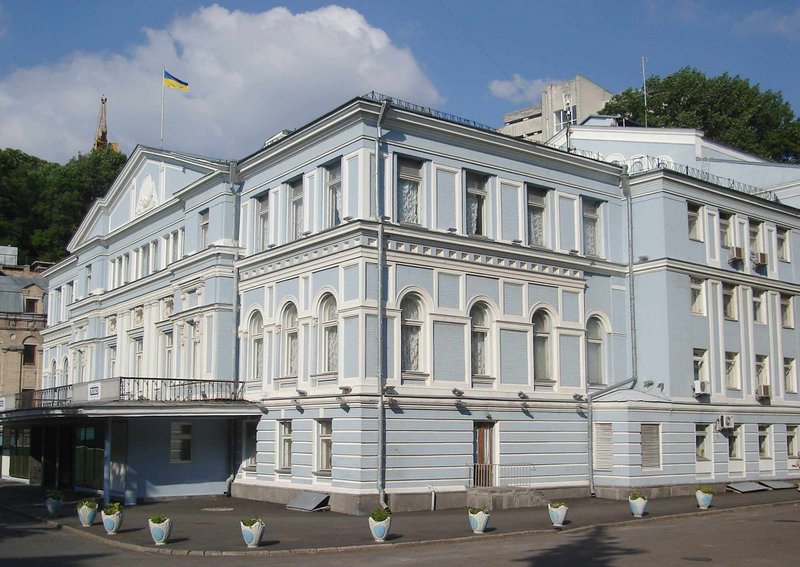 The Franko Theater was founded in 1898 on the Mykolaivska Square (now Franko Square), which appeared at the place of a covered pond, which was located in the estate of the Kyiv professor Mehring. Professor Mehring was the richest doctor in the empire and had a million fortune. Having been arrived from the Saxony at the age of 20, he became a doctor, being able to make money on the purchase of a huge amount of land in Kyiv.
The Franko Theater was founded in 1898 on the Mykolaivska Square (now Franko Square), which appeared at the place of a covered pond, which was located in the estate of the Kyiv professor Mehring. Professor Mehring was the richest doctor in the empire and had a million fortune. Having been arrived from the Saxony at the age of 20, he became a doctor, being able to make money on the purchase of a huge amount of land in Kyiv.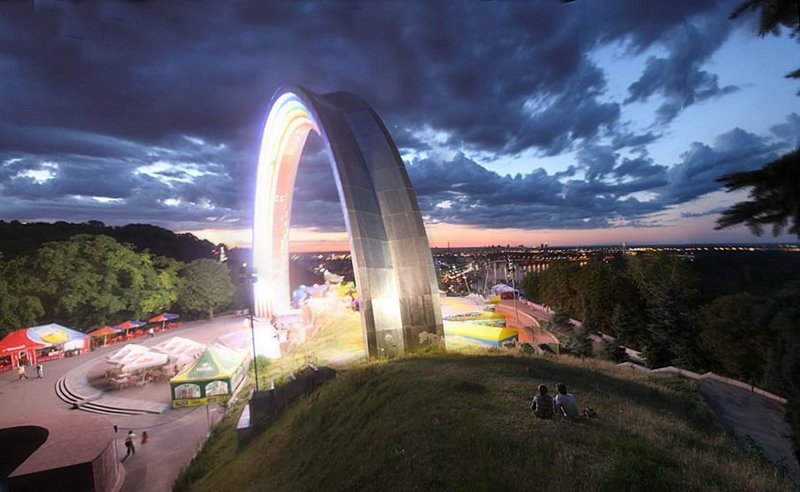
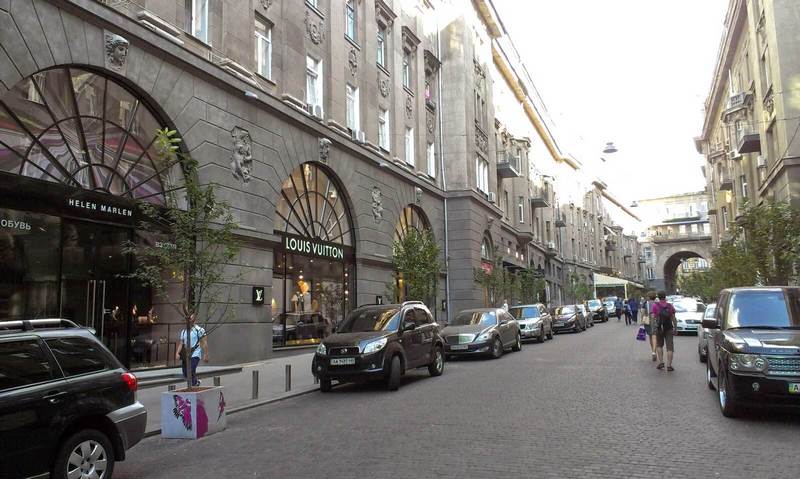 Passage – a building in the form of houses-streets, consisting of two parallel to each other buildings in the style of neoclassicism with the original stucco, connected by arches. In the late XIX-XX centuries at the place of the passage the Shtifner estate was located, which was purchased by the insurance company for building here a large business centre with shops and offices. The beginning of the construction of the arcade – 1913. In connection with the outbreak of the World War I, construction was stopped, and in 1941 the building was exploded.
Passage – a building in the form of houses-streets, consisting of two parallel to each other buildings in the style of neoclassicism with the original stucco, connected by arches. In the late XIX-XX centuries at the place of the passage the Shtifner estate was located, which was purchased by the insurance company for building here a large business centre with shops and offices. The beginning of the construction of the arcade – 1913. In connection with the outbreak of the World War I, construction was stopped, and in 1941 the building was exploded.